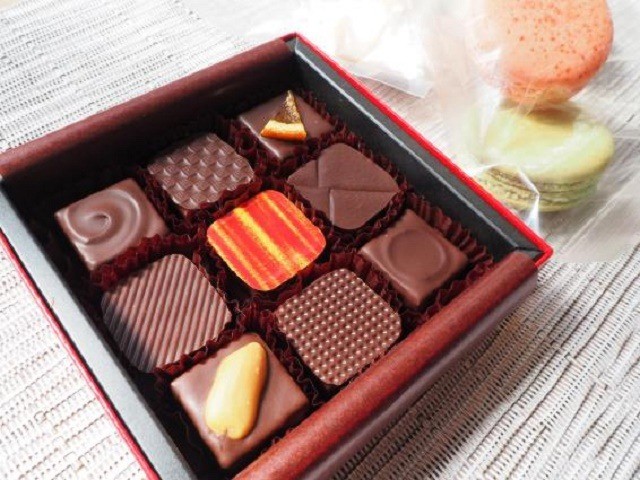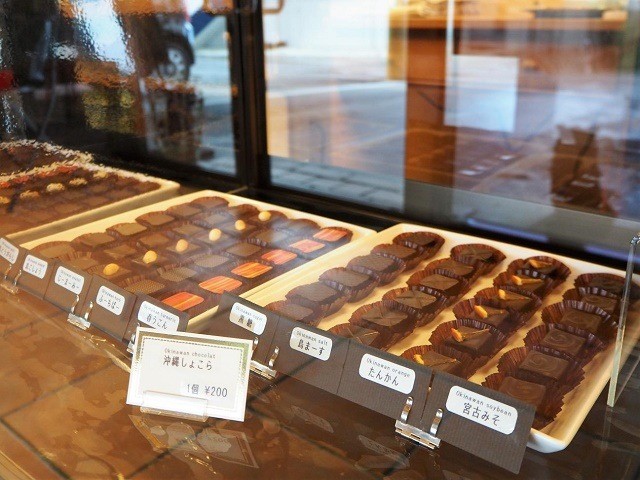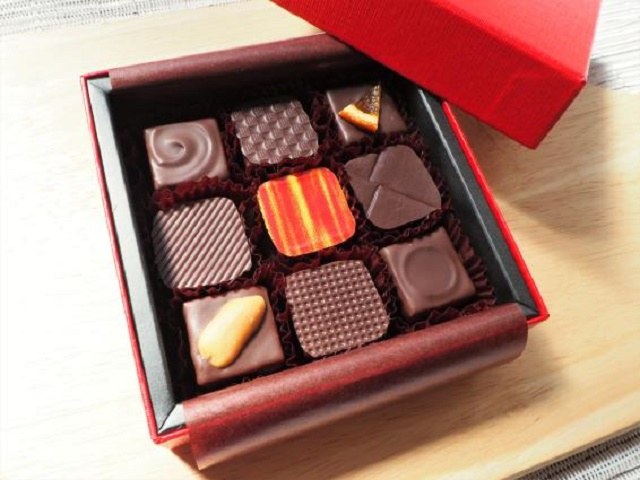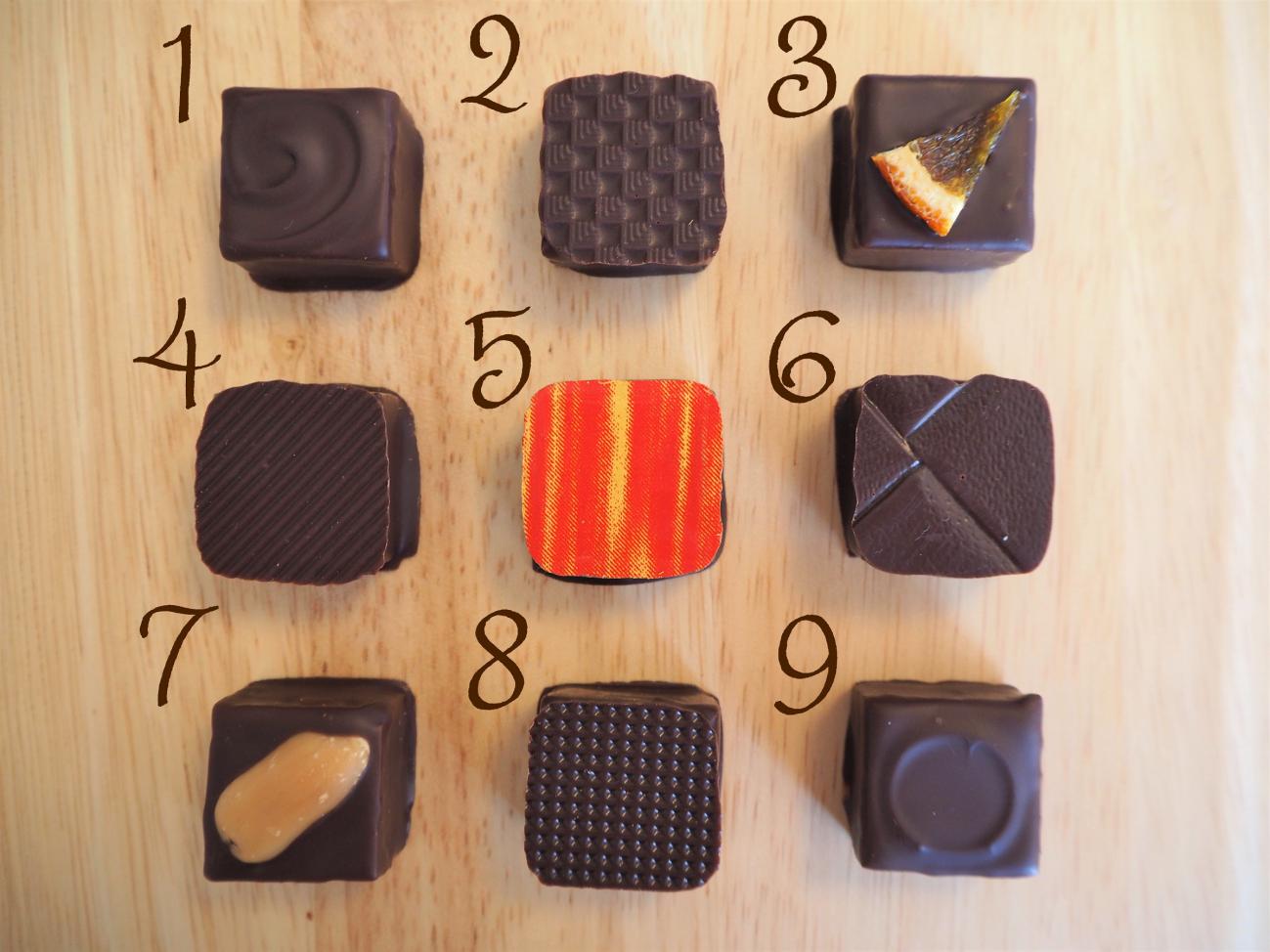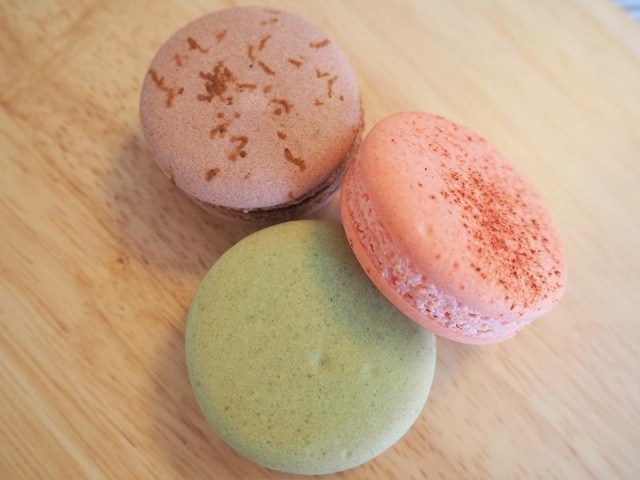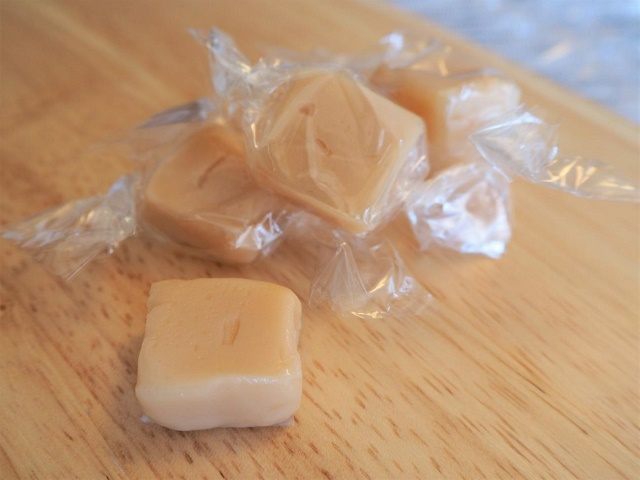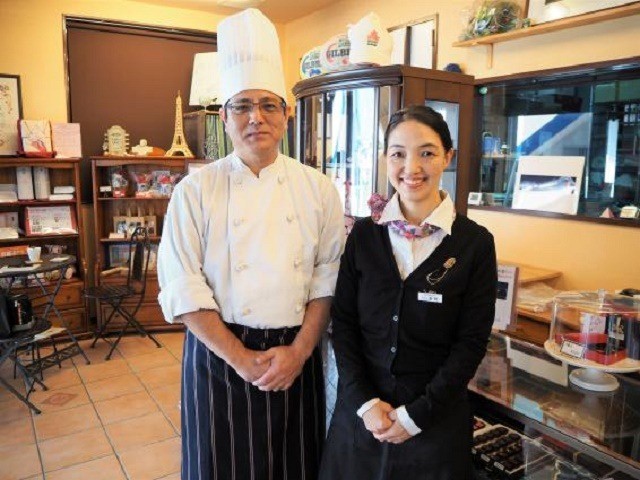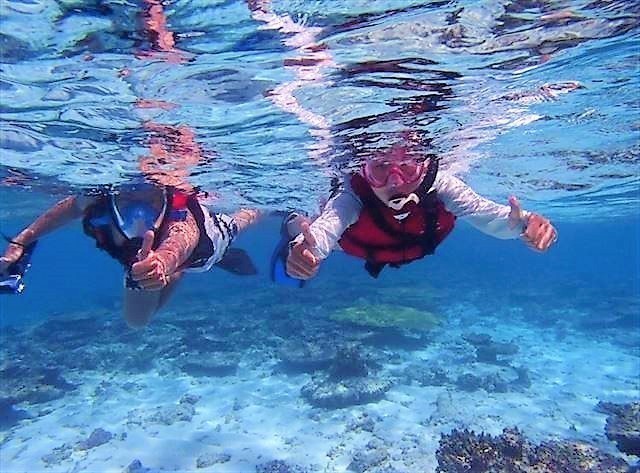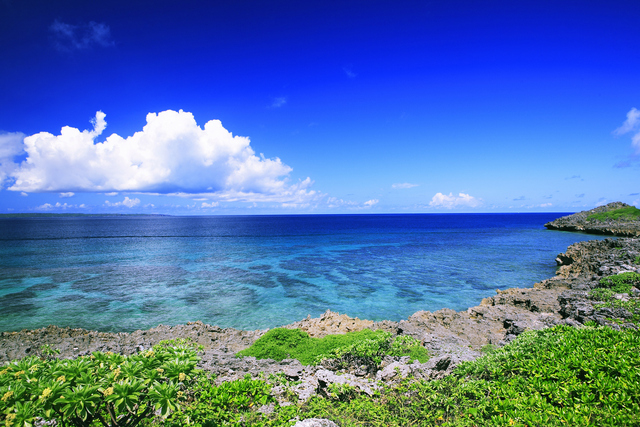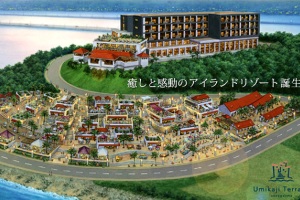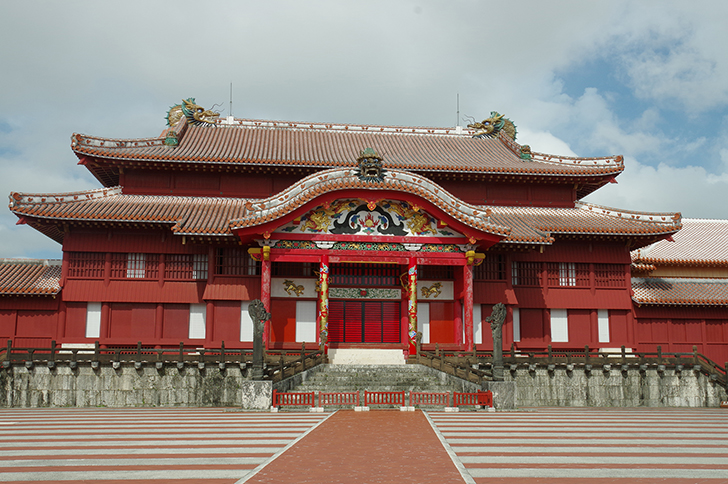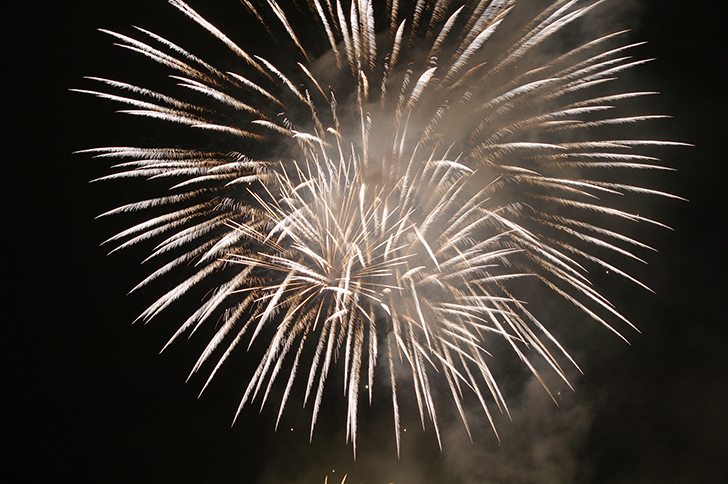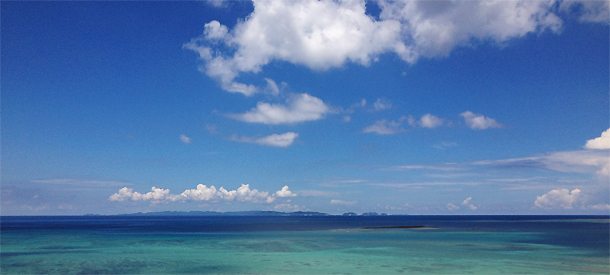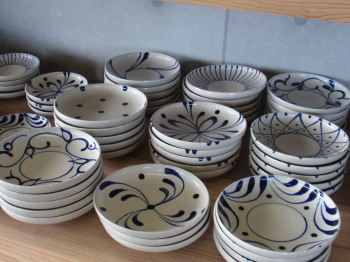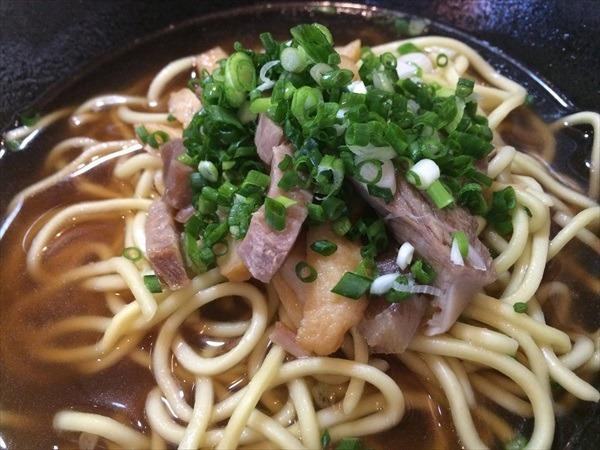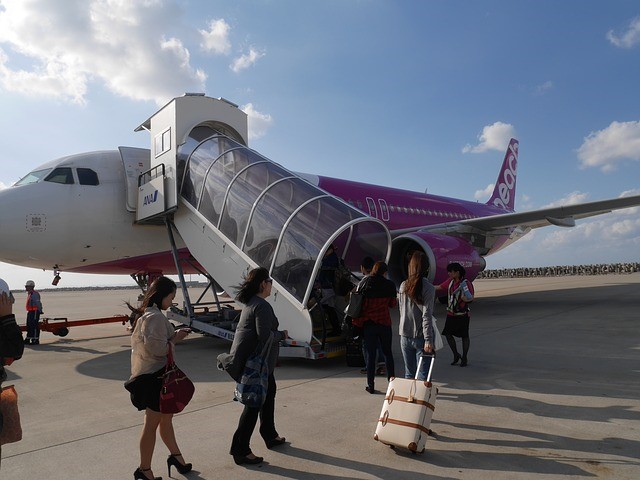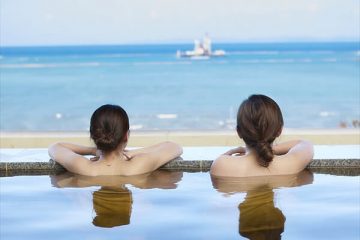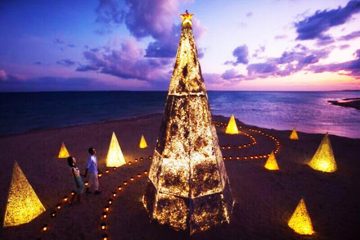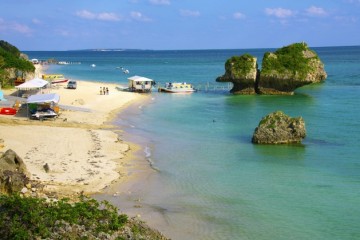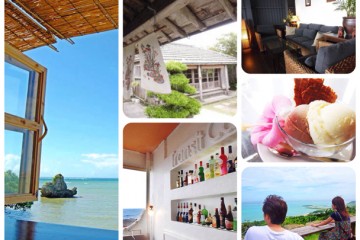Hatenohama, The Other Side of Kume Island: Picking Tours in a Smart Way

Kume Island was once called “Kumi No Shima” in ancient times. It meant, “the most beautiful isle in the Ryukyu Islands”.
Should you find yourself visiting Kume Island, then Hatenohama is simply the place to be.
Never sinking even in full tide, it seems like a mirage straight out of a fantasy setting; a desert floating in the sea.
The combination of the sky, the sea and its white beaches… There are many no-man”s-islands in Okinawa but all of them do not hold a candle to the beauty and size of Hatenohama; Hatenohama is simply on another level.
In this occasion, please let us introduce the charms of Hatenohama, how it can be accessed, as well as picking tours in a smart way that is guaranteed to wow yourself!
Okinawa Terror Story Tour! Spooky Okinawa stories, folklore and mythical spots!

After the wet and moist rainy season comes the long-awaited Summer.
The secret to overcoming the heat of summer is not eating a delicious cup of Japanese Kakigori, nor a scrumptious bowl of Hiyashi Chuka chilled noodles. No, the best way to relieve the heat is to hear a tale that will send a chill down your spine and into your bones — that’s right, horror stories!
This occasion’s plan is an ace up our sleeve to scare away the heat! We will introduce Okinawa’s famous horror stories, spooky folklores and legends. Of course, it won’t end there! We will also take you to the locations where those stories and legends took place!
The settings of this here story and that over there story… are actually right beside Okinawa’s staple tourism spots!?!?
So, let’s get out of our rooms chilled by air conditioners and embark on a Spooky Story-Spot tour that will *really* freeze us to the core!
The Ferry Always Used When Going To Iheya Island! Allow Us To Guide You About Things You Might Worry About!

Separated from the Okinawa main islands 40km to the north, the Iheya Island only has one means through which it can be accessed – a ferry boat from Unten Port at the northern region of Okinawa.
Ferry usage is simply unavoidable when going to Iheya Island.
Though it might be because Iheya Island is still not known as a tourist location, the fact of the matter is that there are no detailed information available even if you are interested.
So on this occasion, the Author, who actually went to Iheya Island, will answer all your glaring questions!
From ferry operations info to prices and even the ferry interior, allow us introduce them all at once!
TABLE OF CONTENTS
1. Iheya Island Ferry Overview
1-1 The Ferry Terminal
1-2 The Ferry Interior
2. How to Reserve/Buy a Ticket
3. Means of Transport After Arriving at Iheya Island
4. In Conclusion
1. Iheya Island Ferry Overview
As laid down in the introduction, the one and only way to access Iheya Island would be via 2 ferries a day at northern Okinawa’s Unten Port.
The first departure from Unten Port will leave at 11:00 AM and arrive at Iheya Island at 12:20 PM. The next liner will leave at 3:00 PM and arrive at Iheya Island in 16:20.
Conversely, the last departure from Iheya Island will leave at 1:00 PM, making a day trip all but impossible.
If you have decided to through Iheya Island, plan your itinerary with the assumption that you will spend a day here.
Below is an explanation divided into two parts; the ferry terminal itself and the terminal interior.
1-1 The Ferry Terminal

This is the Ferry Terminal of Unten Port located in northern Okinawa’s Nakijin. It will take about 90 minutes to reach it by car from within Naha City.
Though you can reach it by without any hiccups if you follow the car navigation to the letter, please remember that you will have to cross several intersections until the port.
Accessing it is also possible via the buses that leave from Naha Airport or the Yanbaru Express.
Coincidentally, the parking lot of the Unten Port is for personnel only.
Whenever you are visiting Iheya Island for tourism, you will have to use a separate and paid parking lot.
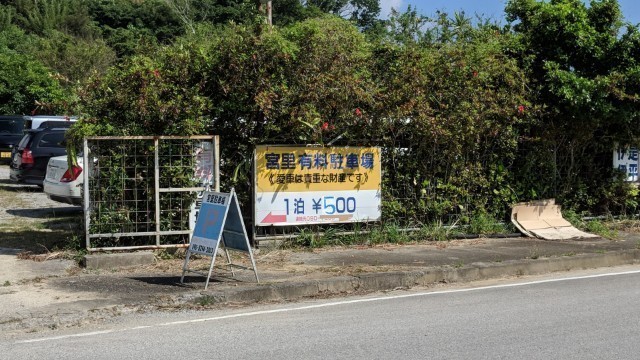
This paid parking lot is located from across the ferry and charges 500 JPY a day.
Park your car and give your car key to the reception in exchange for a Parking Card.
As this Parking Card is needed when you return for your car, please make sure not to lose it.
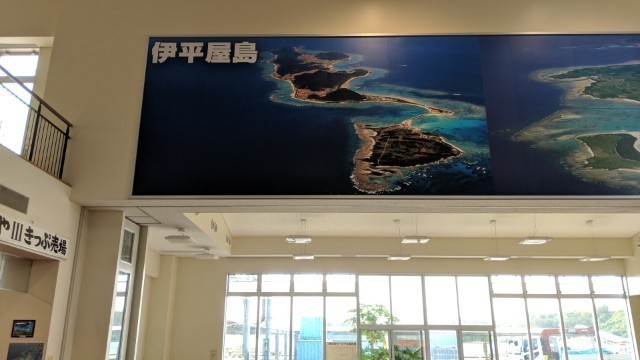
The Ferry terminal’s interior looks like this.

There’s even a store inside!
However, only a little bit of drinks and snacks are sold here so it might be better if you do a little shopping at convenience stores and supermarkets before going to the ferry terminal.
1-2 The Ferry Interior
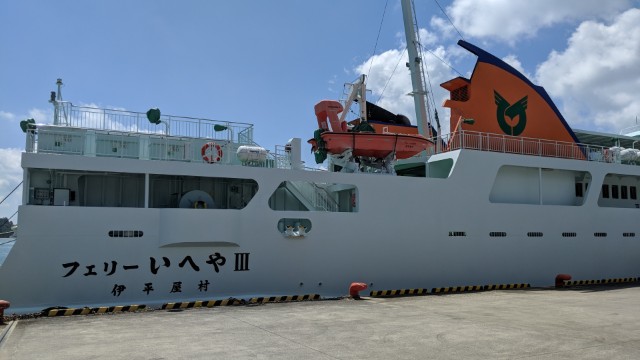
The third Ferry liner that connects the Okinawa main island and the Iheya island has 3 floors. Elevators and slopes are built in the interior, making it completely barrier-free. It was commissioned in 2014, and its extremely beautiful interior was very impressive.
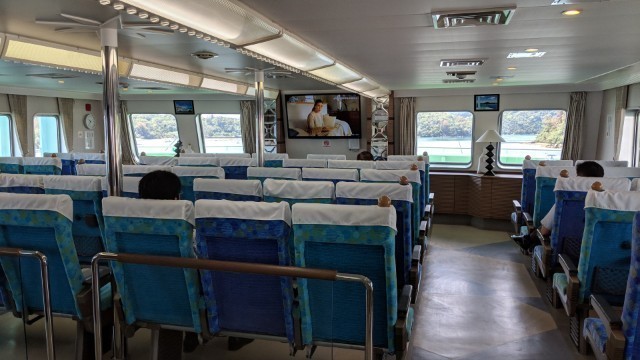
The 1st floor seating are like these; in a row, facing a large window.
If you go up to the 2nd floor, there is a flat space set up, with blankets and a little bit of duvets prepared.
As the floors are carpeted, you will be able to sleep comfortably.

Sea-sickness is part and parcel when boarding a ship; in such cases, this space is heartily recommended.
We are sure that there are many of those who get sick from exhaust gas from the ship. For such people, we recommend that they take care to sit in front seats away from the chimney.
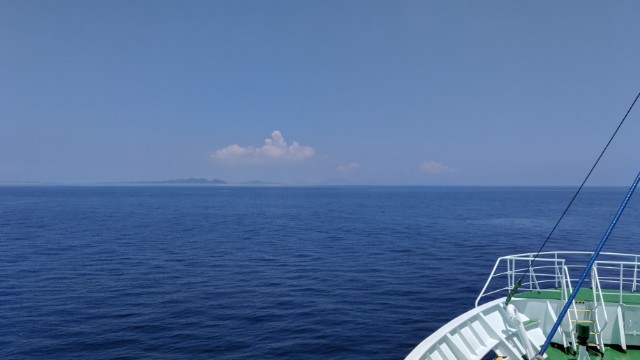
And if you want to enjoy refreshing winds, then we recommend the deck!
The Author loved this deck, and enjoyed the sky and sea by taking photos until we arrived in Iheya Island.
As the island becomes near, you will be able to see sights such as Flying Fishes jumping through the water surface and Sea Turtles swimming… truly this is the full isolated island vibe!
Since the interior is extremely wide in this way, exploring it might be fun!
Speaking of which, it is possible, for a separate fee, to bring bicycles, motorcycles and even cars to the ferry bound for Iheya Island.
A light car costs about 12,920 JPY for a round-trip. This fee includes the ticket fee for a single driver.
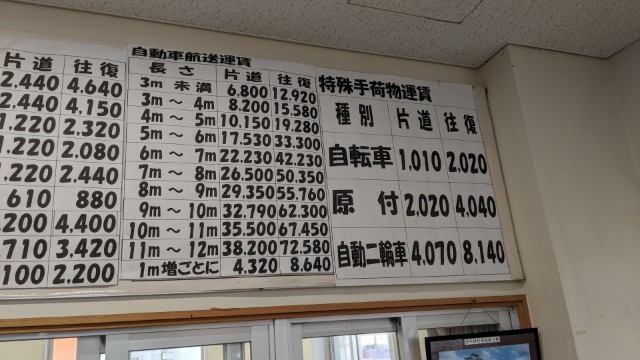
As the state of ferry operations are updated 7AM every morning at Iheya Island’s public site, “TERUSHI NET”, please make sure to check it at the morning of when you will go.
2. How to Reserve/Buy a Ticket
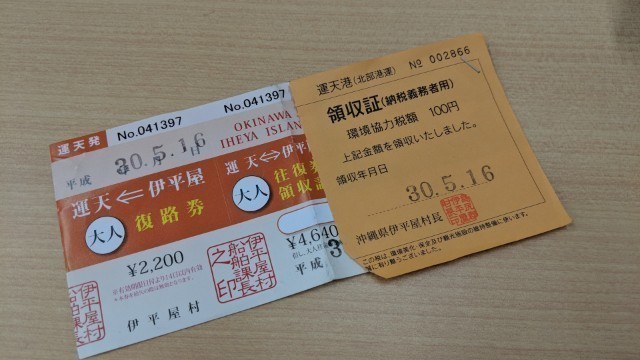
Currently, ferry tickets bound for Iheya Island can only be bought at the Ferry Terminal.
The tickets here are not ones where you can designate your liner and your seat, but are rather coupon books where you can ride at any liner within several days from when you bought them.
Reservations are essentially unnecessary, and it is quite alright if you tell the ticket seller “Adult round-trip Iheya Island tickets, (insert amount here)”.
The round-trip fee for a single adult costs 4,640 JPY and has an additional Environmental Preservation Tax of 100 JPY on top of it.
Please note, however, that in case you are bringing over a car it is required that you book a reservation via phone beforehand.
3. Means of Transport After Arriving at Iheya Island

Transportation methods within Iheya Island are either by foot, rental bicycles, rental cars, rental motorcycles (mopeds) or community buses.
At the car rental directly behind Iheya Island’s ferry terminal, starting with car rentals you can rent up to bicycles.
For reference, a rental car costs 4,000 JPY a day (24 hrs.) and a rental motorcycle costs 2,500 JPY a day.
Returning them with a full tank is the norm.
One thing to note are rental places that do not have staff members present before and after when you arrive and depart.
If the staff are not present, please have them proceed to the store by putting in a call. (Their phone numbers are written on the store’s entrance, and they will arrive in about 5 to 10 minutes.)
In addition, community buses running in intervals cost a universal 100 yen at wherever bus stop you board at.
They’re reasonable, and might be best used by those who want to leisurely enjoy tourism.
4. In Conclusion
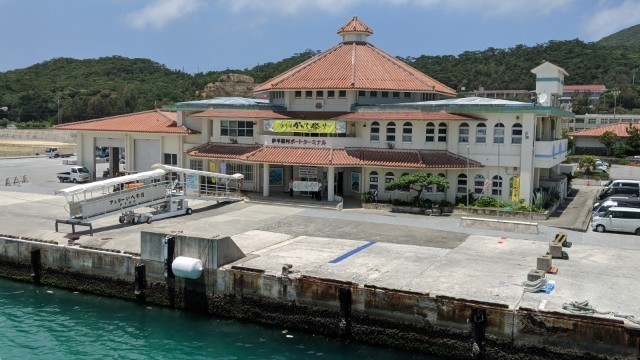
How was our guide?
The Ferry, something that must be used when going to Iheya Island. Looking up any lacking information beforehand will reassure you and make you enjoy your trip more.
Iheya Island is still undeveloped as a tourist area.
And that is the reason why its original sights are refreshingly intact.
If you have a long holiday, why not book a trip to Iheya Island?
Explore Okinawa tourism by walking!│Yui Rail Strolling ~ Akamine Edition ~
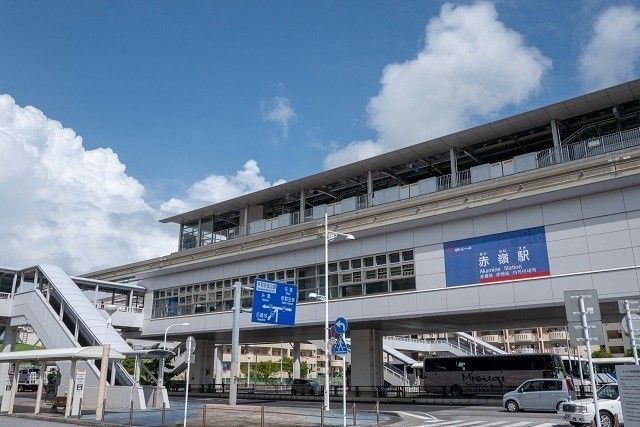
Yui Rail, a convenient tool for Naha tourism.
For people who cannot rent or drive cars, it is without a doubt an important method of transportation.
With this occasion’s theme being ‘exploring Okinawa tourism by walking’, we’ll even focus on local stations that you probably don’t stop at normally!
To start it off, we will hit the spots of “Akamine Station”, Naha Airport’s neighboring station.
People who had ridden the Yui Rail before will have heard of it.
We approached Okinawa’s deep charms known only to people who actually stopped at this station…
TABLE OF CONTENTS
1. What kind of place is Akamine?
2. Enjoy a meal at an Okinawa Soba shop “SHUREI SOBA” before any activities!
3. Touring by Photos -Akamine Strolling
4. In Conclusion
1. What kind of place is Akamine?
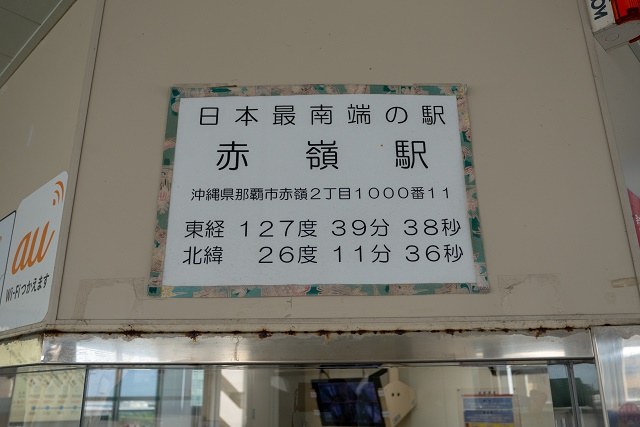
…but first, as the title says, what kind of place is Akamine Station?
It is located 26.11.36 north latitude – 127.39.38 east latitude at the map, and its address is Naha-shi Akamine 2-chome 1000-11.
For being the most southern point, its banchi (house number) of 1000 is a little bemusing!
The area of Akamine is a quiet residential town outside of Naha city, with public apartment housings lined up and 24/7 supermarkets and restaurants scattered all around.
Nearby are the Yui Rail Museum (Free Admission 9:30 ~ 16:30 – closed at SAT.SUN.Holidays) and the Naha Air Base.
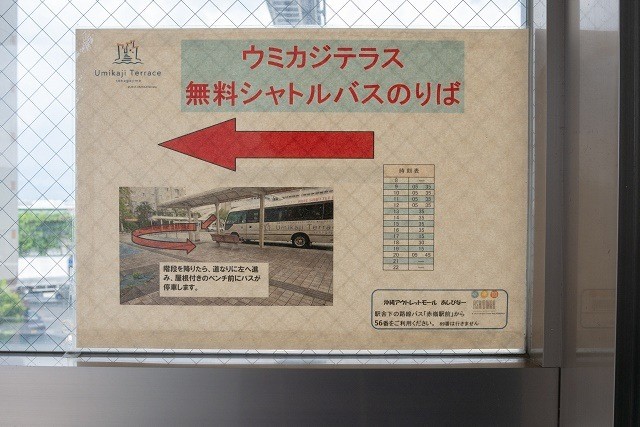
After exiting the station’s ticket booth, the first thing you’ll see will be a sign for a free shuttle bus boarding station.
Free pick-up buses for Rito, which can be accessed by car, and Senaga Island are also available.

For those planning on “staying in Naha city for the time being after arriving in Okinawa, and going towards the North via rent-a-car tomorrow”…
… how about setting of towards Akamine station via Yui Rail once in a while, and from there stop by Senaga Islands with this free bus?
With your excess cash, grab a cold one at Senaga Island’s Umikaji Terrace! The return trip is also safe and reassuring.
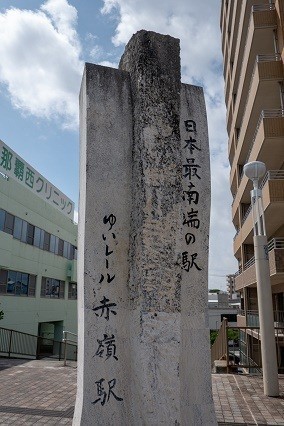
With that, let’s head down the station’s stairs.
At the plaza in front of the Station is the “Most Southern Stone Monument”.
After focusing a little on the fact that “we’re really at the most southern point”, the strolling finally starts!
2.Enjoy a meal at Okinawa Soba shop “SHUREI SOBA” before any activities!
Town sights you miss out on when driving a car can be seen as completely different vistas if you go by foot, making for a completely fresh sensation.

As this is the time where we get hungry, we looked around for a nice joint to eat at… and lo and behold! The Okinawan noodle shop of “SHUREI SOBA” appeared right as we were thinking of about it!
It has high word-of-mouth reviews if you look it up on the Net, and local patrons being a matter of course it seems like a popular place even for tourists.
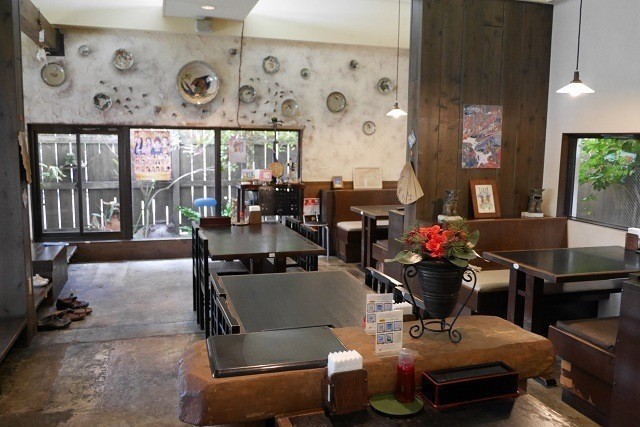
The interior of the store looks like this. The walls are designed with Yachimun pottery, and the space is dominated by calm, relaxing tones.
Though we would very much like to order the store’s eponymous “Shurei Soba”, this time we went for the Ikasumi Yakisoba (squid-ink fried noodles, 820 JPY with tax).
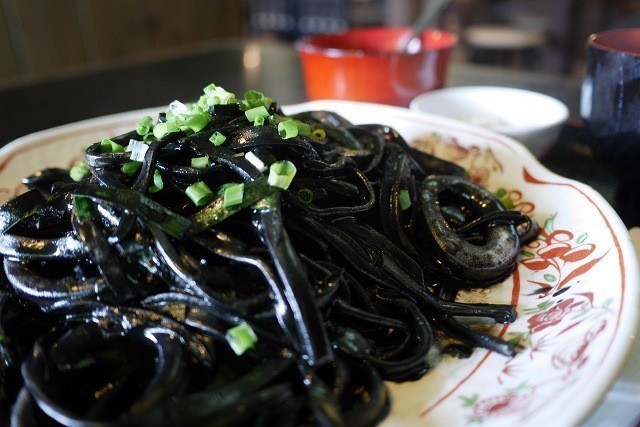
It uses flat noodles, which are also used in Okinawa Soba. To tell the truth, we were in doubt whether this noodle would mesh well with the squid ink before tucking in, but when we did, we were pleasantly surprised!
The squid ink mixes good with the flat noodles and the squid is soft and exotically seasoned with salt, making for a level of deliciousness that is beyond actual squid ink pasta.
This was a must-have dish for squid-ink lovers!
“Shurei Soba” also boasts a bountiful selection of Okinawa Soba, with 24 unique choices on offer; you can even choose texture of the noodle and the type of Dashi stock used!
Though we visited in a time way past noon, apparently live Sanshin performances are held everyday from 12PM to 2PM.
And since there are also low-rise seats, it might have good user-availability for those accompanied by children.
3.Touring by Photo -Akamine Strolling-
With our stomach full and our mouth completely blackened, we resume our stroll. Our next destination – Akamine open space reserve.
Passing through Akamine Station from Shurei Soba, the Akamine open space reserve is in a distance of 15 minutes by foot.
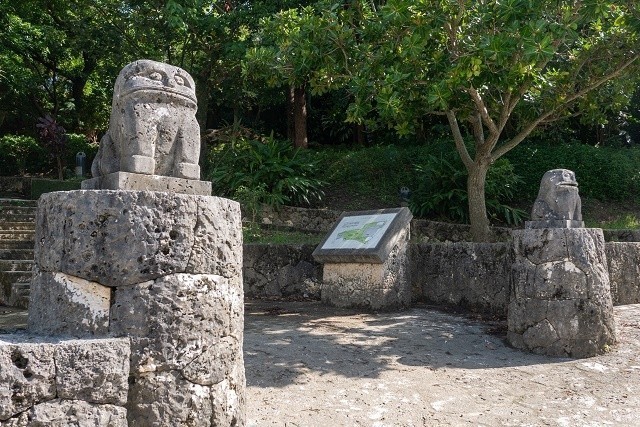
The Akamine open space reserve was once a sacred site called “Winumo”.
Akamine and Ashimine’s current Utaki (sacred place) are historical places that have appeared in the “Ryukyu Koku Yuraiki”.
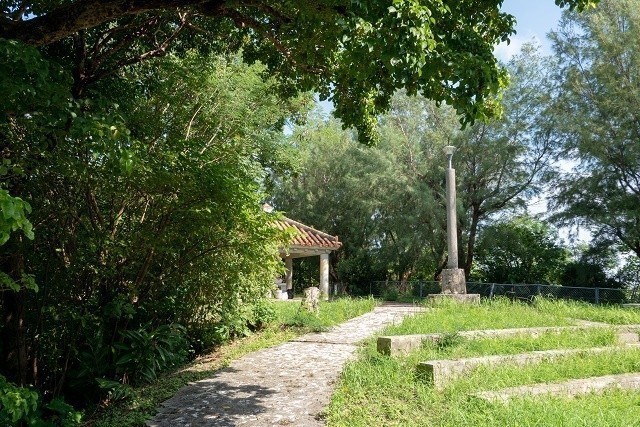
On the top of the open space reserve there is a roofed resting area.
Though we had our lunch at Shurei Soba, we could, for example, have a nice little picnic here by buying “Uchina obento” and “Sanpin tea” takeouts from the supermarkets around Akamine station such as SAN-A and Union!

Here is a SAN-A that is 5 minutes away from the Station by foot.
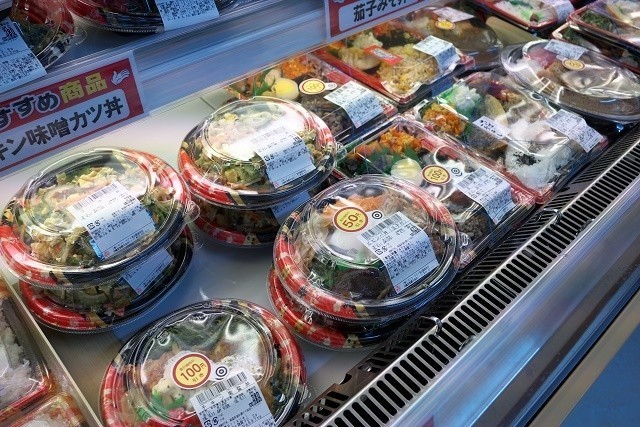
Though at first glance it might be the usual Obento corner in any other supermarket, if you look closely you can find Obento that can only be had in Okinawa such as the Goya bento!
4.In Conclusion
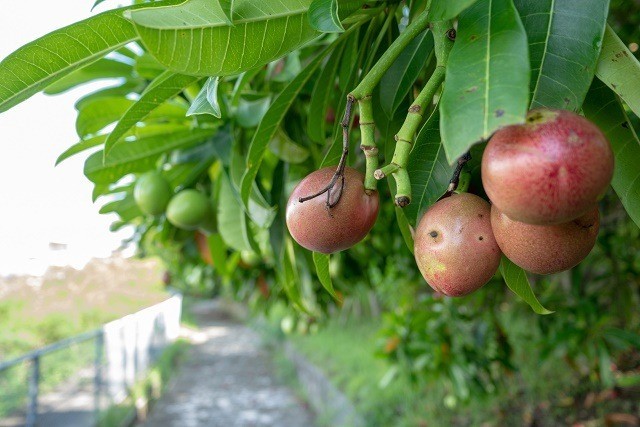
[Never touch the highly poisonous Sea Mangoes within the open space reserve!!!]
Most of the means of transportation for those visiting Okinawa for tourism are usually rent-a-cars.
But once in a while, getting off your car and walking around is also a valid means of travel!
By walking on your own two feet, there will be new discoveries wherever you might end up!
If you’re wondering what to enjoy for an Okinawa tour, why not travel in a way that is not written in a guidebook?
“Okinawa Strolling”, where you can feel as if you lived your entire life in this island. Please experience it by yourself!
AUTHOR: EIICHI
Founded in Yomitani Village Mainichi Shokudo is an Okinawan Soba Restaurant Loved by the Locals
Founded in Yomitani Village Mainichi Shokudo is an Okinawan Soba Restaurant Loved by the Locals
Yomitani is a village filled with delicious bakeries and fancy cafes.
There has been a recent increase in Okinawan soba restaurants, and we paid a visit to the Mainichi Shokudo that has gained quite a following with the local community since opening its doors in 2017.
The yellow exterior doesn’t look like your ordinary soba eatery, and once you enter even the interior looks like a cafe.
However, when it comes to the taste of the soba it is the real deal. The delicious taste of the stock is without a doubt what pulls in the local clients.
It has a space for kids and colourful chair that create a bubbly atmosphere. I went to find out what makes the uniquely coloured Mainichi Shokudou so facinating.
Contents
1. The pull of the vibrant yellow exterior.
2.The spacious cafe style interior
3. A kids’ space in a soba restaurant? !
4.Soup that you will drink to the very last drop.
5. The perfect side menu
6. Summary
The vibrant yellow exterior.
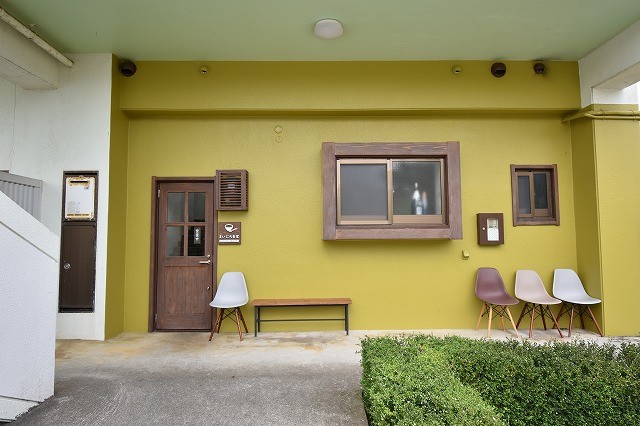
Mainichi Shokudo is located in Yomitani Village, Chuubu Okinawa. It is located near Yachimun no Sato.
Make your way using a satellite navigation system and follow the signs along the way. You will come a cross the striking yellow establishment that seems as if it is a natural part of the surroundings.
Based on its appearance you would be forgiven for thinking it was an ordinary cafe.
With a name like Mainichi Shokudo you would be tricked into believing that you had come across a restaurant serving typical Japanese meals, but there is no doubt that this is an Okinawan soba place. It far from a cafe or a typical Japanese eatery.
This is the Mainichi Shokudo oozing with uniqueness from the appearance all the way to its name.
2.The spacious cafe style interior
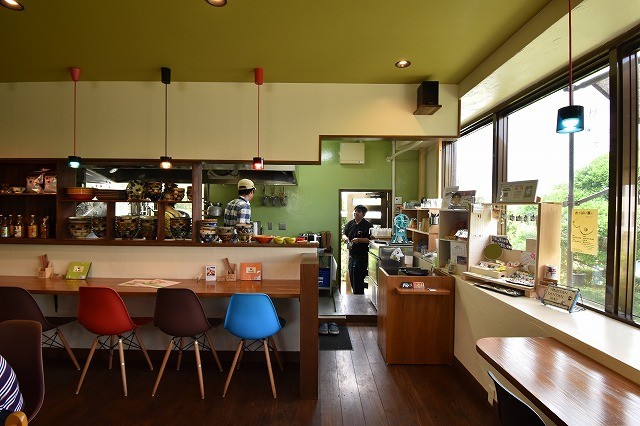
The interior holds a range of different coloured chairs creating a poppy atmosphere. There are not many seats in comparison to the spacious interior , giving you room to relax.
If you picture the typical soba restaurant, you may imagine a very busy and noisy establishment. However, this Okinawan soba restaurant feels more like a cafe.
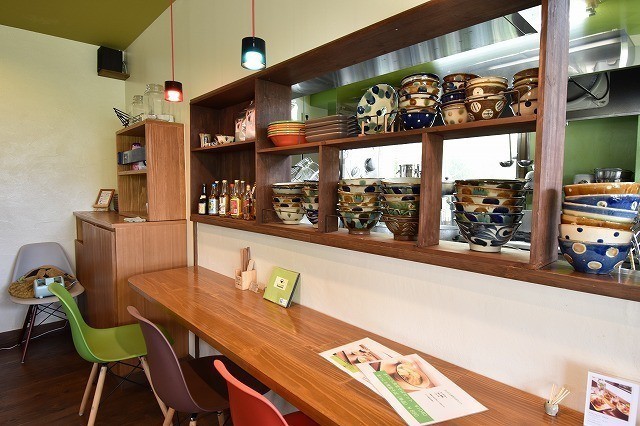
The smell of the stock soup floats from behind the counter, filling the room with a delightful aroma.
The sight of the well arranged pottery will give you that at home feeling.
Even the view of the kitchen from the counter is colourful.
3.A kids’ space in a soba restaurant? !
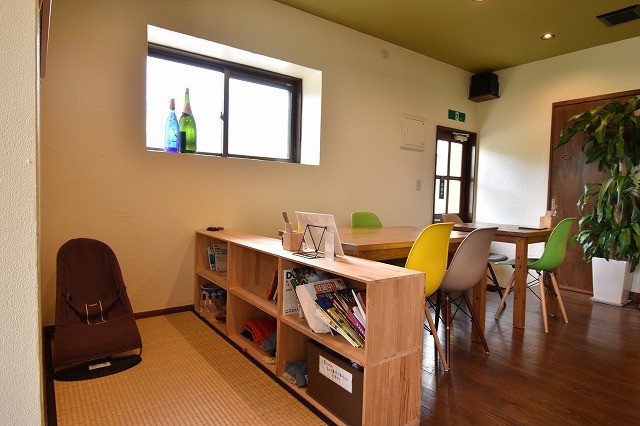
This is the kids’ space that you didn’t believe could exist.
An Okinawan soba restaurant with a kids’ space is not something that you would expect to see.
It is only the size of one tatami mat, but kids can enter the land of colouring books and toys. Remember to tell them to remove their shoes first.
Keep your kids entertained while you wait for your food, by using this space perfect for customers with children.
We even have a baby bouncer. Child sized cutlery and child seats are of course also available.
4.Soup that you will drink to the very last drop.
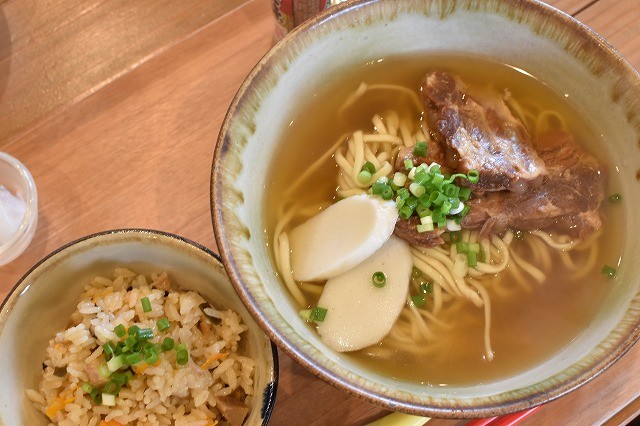
We ordered an Okinawan pork gristle soba. A full bowl topped with two thick slices of pork.
Tempted by the smell of the bonito stock flavour, the first thing I tried was the soup. I was surprised by how delicious it was.
It is rich in flavour yet leaves you feeling refreshed. It doesn’t have that greasy feeling, so you can easily drink it to the very last drop.
The mixture of soup and the thin flat noodles boiled together with the bittersweet Okinawan pork is perfectly balanced.
The lightness of the soup and the thick slices of pork creates a deep contrast in taste which you can’t stop eating.
I tend to usually leave some noodles and soup in the bowl, but just for today I finished everything down to the very last drop of soup.
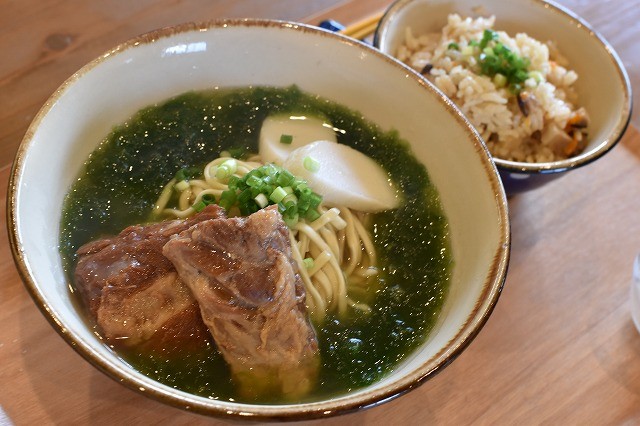
Here is the Okinawan pork gristle soba [A-sa] in the Okinawana local dialect is the word for an edible green algae.
With a slight smell of the ocean and an original taste.
Make sure to try the A-sa soba on your second visit or you can share if you come with a friend.
There is also a three meat slice and a yushi tofu soba option available.
5.The perfect side menu
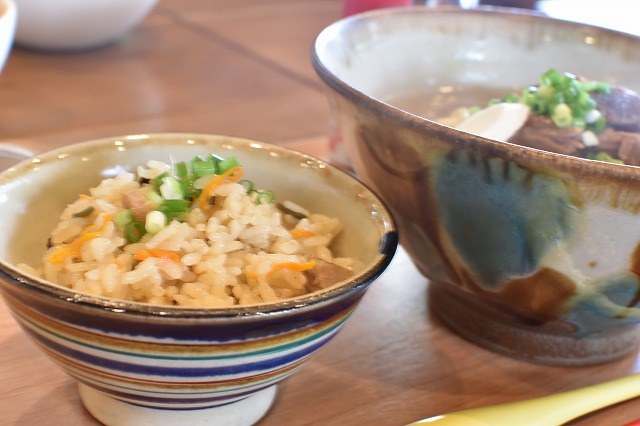
You can order soba as a meal by itself, however we recommend the juicy set . Where you can have other delectable dishes comparable to the soba.
There is also taco rice and Okinawan pork gristle rice bowl, so if you want to eat something else other than soba you will not be disappointed.
The Okinawan soba restaurants specialty dessert zenzai (made from sweet red beans) or the owners coffee of choice are essentials for after your meal.
6.Summary
It may not be noted in many tourist guidebooks, but there a lot of local patrons of the Mainichi Shokudo.
From the groups in their laborers outfits to the families with young children that frequent this establishment we can see that this restaurant is loved by people from all walks of life.
According to my friend that lives in the area, when it comes to Okinawan soba this place is number one and I’m sure that there are a lot regular customers who would agree.
Mix with the locals and enjoy this delicious and friendly soba in a spacious and relaxing surrounding.
Raise your luck with cute protective charms! A matchmaking pilgrimage to Okinawa’s history-rich Shrines!
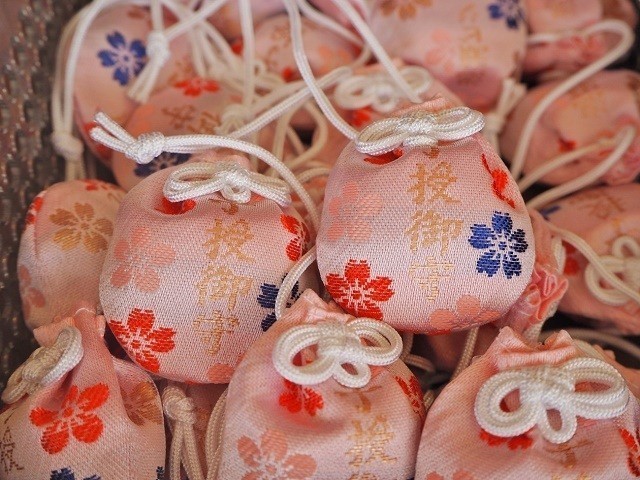
With its beautiful azure sea and its abundant nature, it goes without saying that Okinawa is a treasure trove for spiritual power-spots. Since you are going to Okinawa anyway, there is simply no reason you should not power-up during your travels!
On this occasion we have carefully selected shrines known for blessing people with marriages, children and safe births. We will also introduce many cute and adorable protective charms recommended for the remembrance of girls-only trips and solo travels!
Loved by the locals and visited nonstop by those from outside of the prefecture, why not pray for an increase of luck in shrines that are filled with rich and interesting history?



